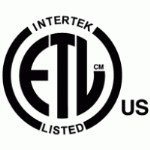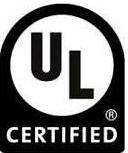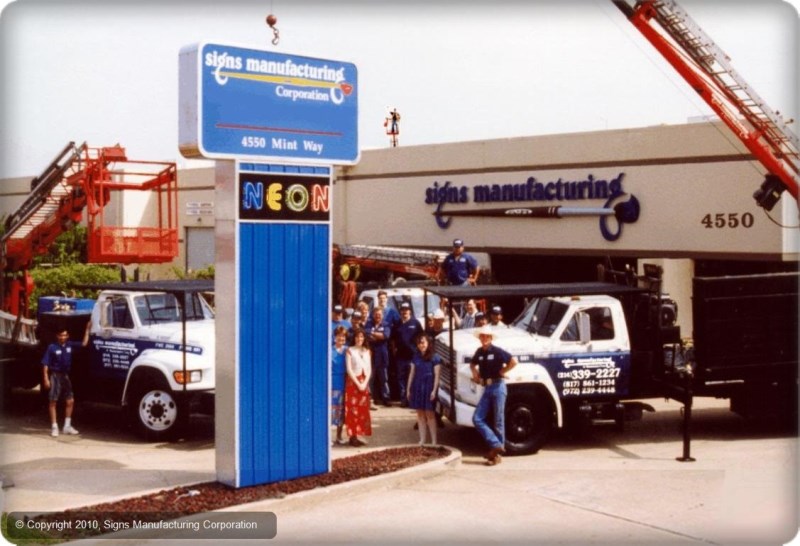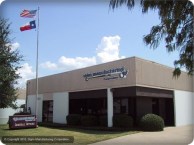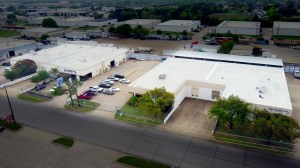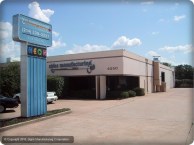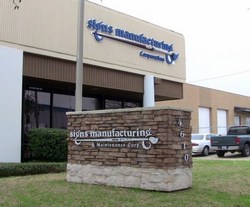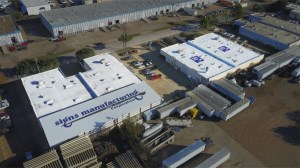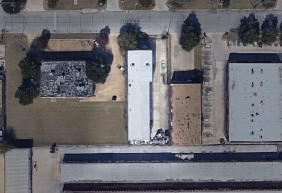|
DFW's Largest Custom Sign Company |
||||||||||||
|
Call Now! We're waiting!
Our Team of Experts are standing by to Answer Your Questions: (877) SINCE79 toll-free (214) 339-2227 Dallas (817) 861-1234 Fort Worth/Arlington (972) 850-3300 Other DFW Areas (254) 582-7446 Hillsboro/Waco Areas (903) 561-5959 Athens/Oklahoma (940) 365-3433 Denton/North Texas Email our Sales Team: |
||||||||||||
|
Some are very cheap, some are quite expensive, but all cost more than neon for equal illumination.
A SolarBrite™ LED incorporates a new kind of chip, different from all other LEDs. Signs Manufacturing™ is an industry leader in the implementation of new technology in advertising. SolarBrite™ LEDs utilize military specification coatings on the circuit boards the LEDs are attached to, preventing corrosion and electrical problems. Like neon, LEDs are also affected by voltage. For instance, an LED will also burn nearly 100% brighter if you double the power feeding it. The LED will last about 1/6 as long, however, making this alternative quite expensive in total cost. We power our SolarBrite™ LEDs properly. Different LED Designs for Different UsesEvery individual LED bulb is designed for a specific purpose. As an example, the design of an LED for a flashlight is different from a LED designed for an LED electronic sign. One is designed to focus all light straight ahead, the other to disperse its light evenly in all forward directions. Significantly, almost all LEDs are not designed to meet a strict color-match. Most back-lighting LEDs are designed to light a colored plastic. Did you know that an LED that is superior at lighting channel letters with plastic faces is not the best choice to light a channel letter or sign cabinet with translucent vinyl or digitally printed graphics on a plastic or flexible sign face; or for creating the halo around a reverse-channel letter? Most sign companies do not know this. In fact, the wholesale suppliers that supply virtually all sign companies do not even carry use-targeted LED products. For them, it’s “…one size fits all…” We use SolarBrite ™ Color-Correct™ LEDs which are specifically designed for these use-targeted applications. Their light output has a color-corrected wave length; superior for lighting translucent colors from behind. We always use the proper LED to give our customers the best sign possible…Guaranteed. SpectraLites™ Color-Changing LEDsThese new channel letter lights automatically rotate thru 7 or more different internally-lighted face colors! Or, custom colors can be generated! The duration time between color changes is remotely controllable, or you can "pause" on a single color. Every channel letter can change colors independently is desired.
Colors in Motion™ One of the absolute necessities of a successful sign is to draw attention. Patent Pending. What is Binning?ALL LED lamp production is binned, grouped with LEDs with similar properties, 3 different ways: color, flux (brightness), and forward voltage (the minimum voltage the LED will operate at, using a specified minimum operating current.) All 3 vary in even a single wafer’s production, so binning is critical. LED “binning” is controlled by an ANSI minimum standard: ANSI C78 377A. SolarBrite™ LEDs are binned to much tighter standards, however, which is allowed. The SolarBrite™ LongLife™ LED SystemAn operating LED is a direct electrical short; it will consume all the current fed to it; destroying both it and its power source. However, an LED has a rather-constant voltage drop when operating. A current-limiting resistor is placed in-line with LEDs to restrict the forward current. Remember that each LED consumes differing amounts of electricity to operate, which is partially why they were binned (above.) Forward voltage even varies based on the color of light produced by an LED. We obviously must supply enough voltage to meet the highest forward voltage requirement. Therefore each resistor is also sized to consume the potential over-supply of voltage from the power source feeding all the LEDs. Done properly, this double-protection lengthens the life of LEDs (reduces heat-generation.) This is a critical part of the SolarBrite™ LongLife™ System. SolarBrite™ LongLife™ LEDs are NOT Chinese-made. Solar Powered Energy Saving Signs
You are saving much more than just energy, and money. Please stop by and see all of these products displayed in our unique Sign Lighting Laboratory and Display Showroom. Energy-Saving LetterLites™ SignsLetterLites™ consume 0.1 watt per light at 5 volts DC! One thousand lights left on 8 hours per day for 365 days will use $4.01 in electricity. Nighttime vs Daytime
Day and Night, Lighted and Unlighted Comparisons of: A LetterLites™ Channel Letter "H" Sign A "S" exposed double-stroke red neon channel letter A "I" internally LED lighted white channel letter with red vinyl graphics A "G" Day/Night Black/White channel letter A "N" blue acrylic internally lighted channel letter with a backplate
Differences Sell. Light Sells. What are LEDs?A light-emitting diode (LED) is a semiconductor device that emits incoherent monochromatic light when electrically biased in the forward direction. This effect is a form of electroluminescence. The color depends on the semiconducting material used, and can be near-ultraviolet, visible or infrared. A LED is a special type of semiconductor diode. Like a normal diode, it consists of a chip of semiconducting material impregnated, or doped, with impurities to create a structure called a pn junction. Charge-carriers (electrons and holes) are created by an electric current passing through the junction, and release energy in the form of photons as they recombine. The wavelength of the light, and therefore its color, depends on the band gap energy of the materials forming the pn junction. A normal diode, typically made of silicon or germanium, emits invisible far-infrared light, but the materials used for a LED have band gap energies corresponding to near-infrared, visible or near-ultraviolet light. Unlike incandescent bulbs, which can operate with either AC or DC, LEDs require a DC supply of the correct polarity. When the voltage across the pn junction is in the correct direction, a significant current flows and the device is said to be forward biased. The voltage across the LED in this case is fixed for a given LED and is proportional to the energy of the emitted photons. If the voltage is of the wrong polarity, the device is said to be reverse biased, very little current flows, and no light is emitted. Conventional LEDs are made of inorganic minerals such as:
LED development began with infrared and red devices, and technological advances have made possible the production of devices with ever shorter wavelengths. Blue LEDs became available in the late 1990s. They can be added to existing red and green LEDs to produce white light. Most "white" LEDs in production today use a blue LED chip covered by a scintillate coating made of Zinc solenoid (ZnSe). The LED chip emits blue light, part of which is converted to yellow by the ZnSe. This mixture of blue and yellow light creates the impression of white - hence the bluish or yellowish tint that these diodes usually exhibit. The most recent innovation in LED technology is a device that can emit ultraviolet light. When ultraviolet light illuminates certain materials, these materials will fluoresce or give off visible light. White light LEDs have been produced by building ultraviolet elements inside material that fluoresces to produce white light. The semiconducting chip is encased in a solid plastic lens, which is much tougher than the glass envelope of a traditional light bulb or tube. The plastic may be colored, but this is only for cosmetic reasons and does not affect the color of the light emitted. Most typical LEDs are designed to operate with no more than 30-60 millewatts of electrical power. In 2002, 5 watt LEDs became available with efficiencies of 18-22 lumens per watt. The Advantages of LEDs vs. NeonIf a sign has red, white or yellow faces our SolarBrite ™LED lighted signs can be brighter than ANY neon lighted sign by adding MANY LED lights. In manufacturing very small letters, we can light them with LEDs even when they are too small to light with neon. LED transformers, because they are low-voltage output, do not need ground-fault protection; their voltage is not dangerous. Their warranty is one year. LED lighted signs ship to distant locations with less damage than neon lighted signs. They require less crating. also. This is the major reason "sign companies" that buy their signs from the actual manufacturers push LEDs. But, the reason for selecting a light source should not be what's best for the sign company! The Disadvantages of LEDs vs. NeonThink of LEDs as very small, individual, lights. There is no standard for spacing them horizontally and vertically in the varying width and shape of a channel letter. Illumination results (brightness and evenness of lighting) are determined by the experience level of the sign company and their willingness to place illumination results ahead of personal profits. Results vary. LEDs begin getting dimmer as soon as they are powered up. In approximately 2 to 15 years, depending on their quality, they are too dim to be useful as a sign. Unlike neon which will burn more brightly for a short while, then dim to an even glow for many years, when LEDs are replaced they continue to burn much brighter than all of the LEDs around them. Also, it is not possible to color match new LEDs and old LEDs. And, because LED technology is advancing so rapidly, exact replacement LEDs are unavailable after only a year or so. Therefore, plan to replace all of the LEDs when only a few have burned out so that your sign does not light unevenly and off-color, giving your potential customers a bad impression of your business. Many LED light-string components are wired in series, so that many of the LEDs go out when one LED fails. Signs Manufacturing Corporation's SolarBrite™ LED signs do not, however. Prior to the introduction of SolarBrite™ LEDs the United States Department of Energy (DOE) has studied LEDs and states that while LEDs are generally far superior to incandescent lights their efficacy does not approach fluorescent lamps and neon. With the single exception of SolarBrite™ LEDs this remains true. There is a significantly higher "parts count" in a LED lighted channel letter sign. More parts to fail. Click our "Energy Savings" tab one page up to view a comparison of operating costs and number of components so you can make an informed decision.
FOR ORDERING OR ASSISTANCE CALL:214-339-2227 254-582-7446 817-861-1234 903-561-5959 940-365-3433 972-850-3300 877-SINCE79 toll free
Business Hours Signs Manufacturing & Maintenance Corp.
Copyright© 1979-2025 Signs Manufacturing Corporation - ALL RIGHTS RESERVED
| ||||||||||||





 Many companies manufacture
LEDs. There are over 5,000 varied LEDs available,
and they vary greatly as to brightness, lux, light-dispersal
(viewing) angle, useful lifetime, and lifetime.
Many companies manufacture
LEDs. There are over 5,000 varied LEDs available,
and they vary greatly as to brightness, lux, light-dispersal
(viewing) angle, useful lifetime, and lifetime.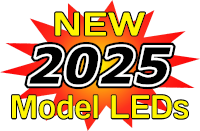 Signs Manufacturing™ only uses SolarBrite™ LEDs
that are rated to retain 80% of their brightness for
60,000+ hours. These are the most expensive, but highest value, conventional LEDs.
Our selection of LEDs is what makes our signs brighter, and last longer.
Signs Manufacturing™ only uses SolarBrite™ LEDs
that are rated to retain 80% of their brightness for
60,000+ hours. These are the most expensive, but highest value, conventional LEDs.
Our selection of LEDs is what makes our signs brighter, and last longer. SolarBrite
™ LED Channel Letter signs can be economically directly solar powered, without even using an energy-robbing inverter, saving you even more!
SolarBrite
™ LED Channel Letter signs can be economically directly solar powered, without even using an energy-robbing inverter, saving you even more!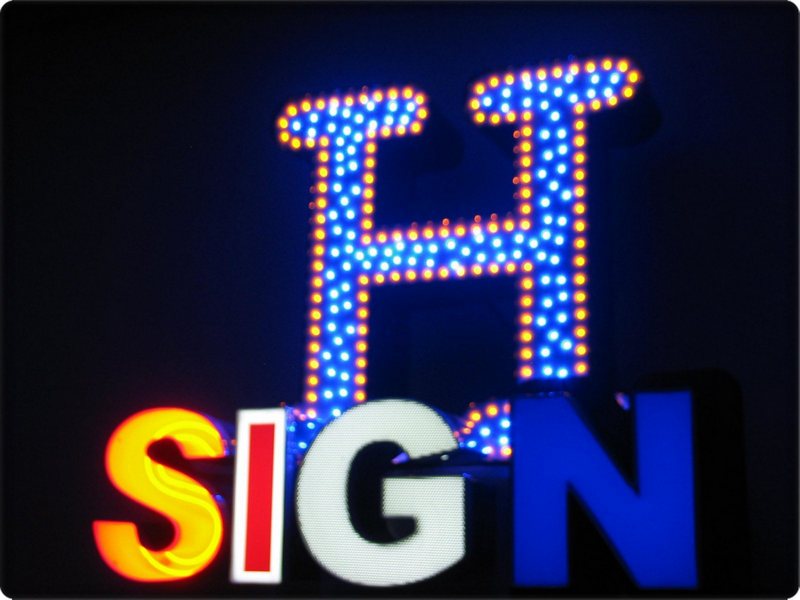
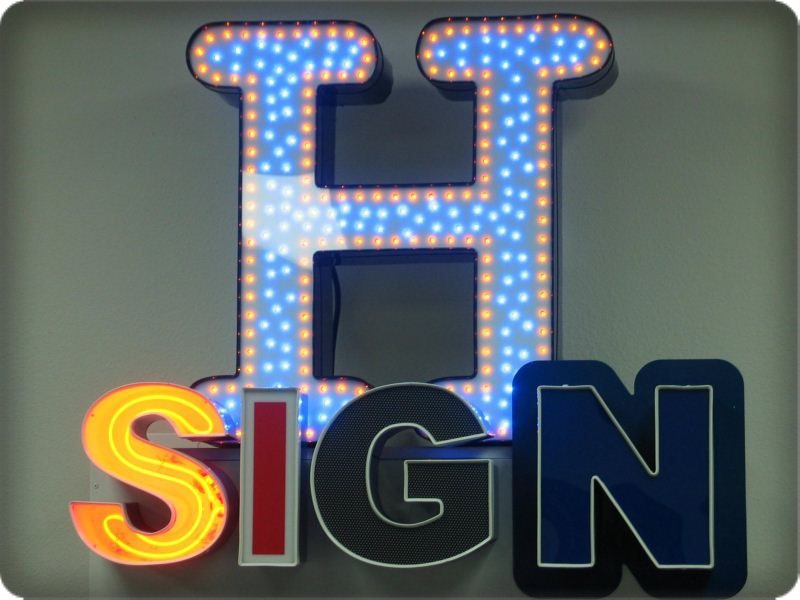
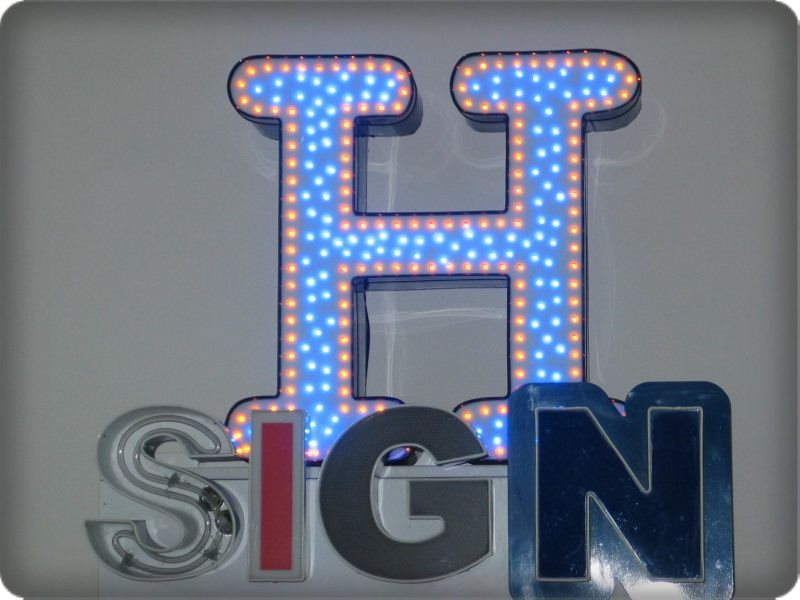





_medium_110.jpg)

